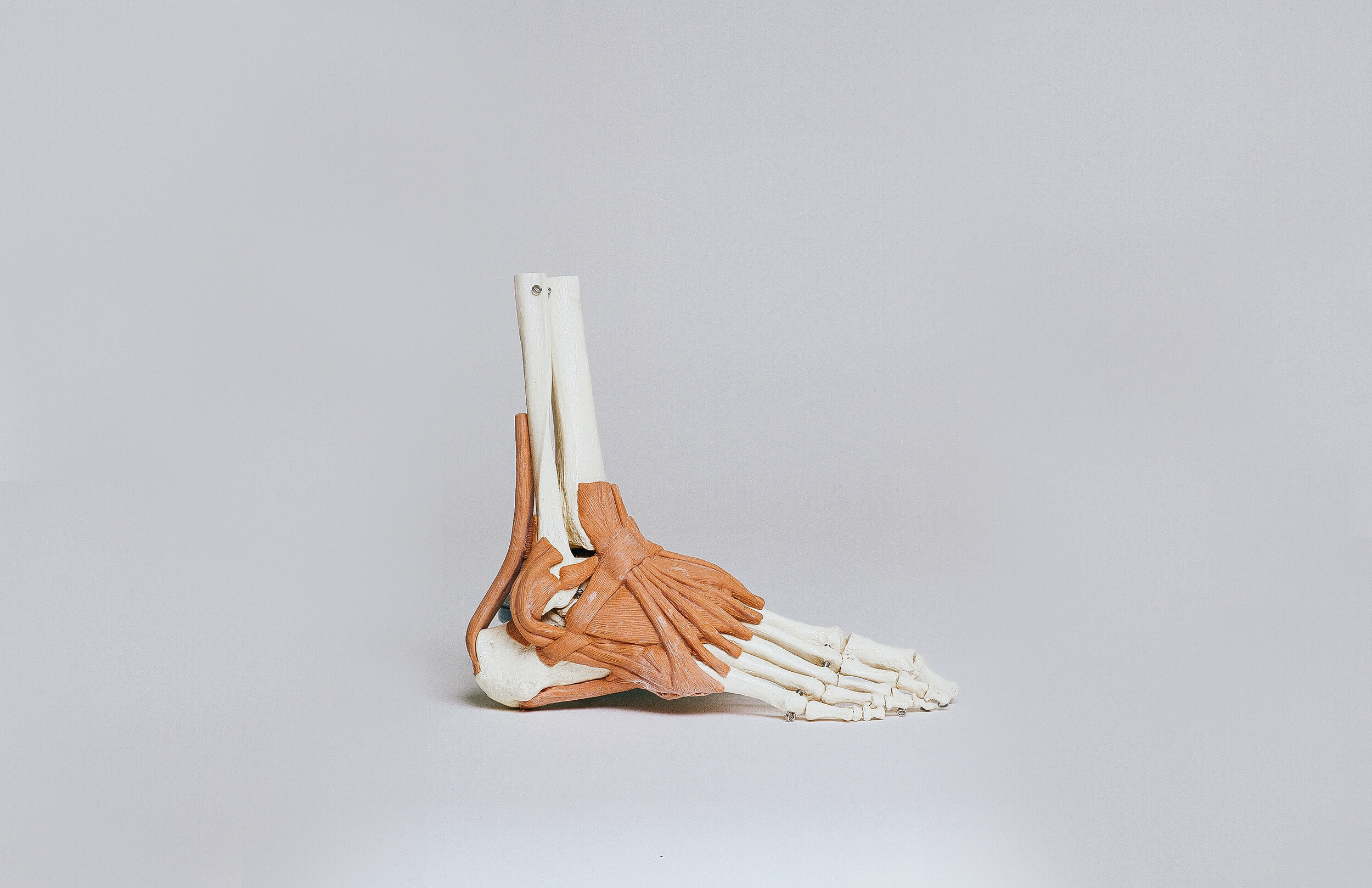Bunions are a common problem that can have a significant effect on daily life. A progressive disorder, bunions are most commonly the result of poorly fitting shoes causing a chronic misalignment of the great toe, or big toe, and first metatarsal joint. When the great toe is out of alignment, the arch does not function properly and is prone to collapsing. Not only can the bunion itself cause a great deal of pain and discomfort, but it can also aggravate pain in the ankle, knee, and lower back.
Shortcomings in footwear design such as toe tapering, heel lift, and arch support do more to weaken and immobilize your foot than they do to allow your foot to move and operate as it was naturally designed. In other words, most conventional footwear pushes the great toe towards the second toe, making bunions worse. Many of these popular design flaws are most common in athletic footwear – soccer, golf, and tennis shoes. Further, an arch is strongest when supported at its two bases rather than under the middle. This is repeatedly illustrated in nature, but not implemented in our footwear, where we have been conditioned to believe we all need some degree of “arch support”.
Conventional treatment of bunions typically begins with an x-ray to determine the degree of misalignment. If the angle between the first and second metatarsal heads is large enough, then surgical removal of the bunion (bunionectomy) is typically performed. During this procedure a section of the first metatarsal bone is removed and the joint is realigned and fixed in place with pins and screws as needed. This procedure is followed up with a custom orthotic to support the once collapsed arch. What’s troubling with this approach is it doesn’t address the underlying cause and recurrence is common.
Bunions often respond well to non-surgical, conservative treatment in a timely manner. Conservative treatment begins with realignment of the great toe with a toe-spacing device (such as Correct Toes) because it helps progressively splay and realign all of your toes. Performing exercises to increase range of motion and strengthen the surrounding muscles is an important next step since many of the surrounding muscles are either too tight or too stretched out due to the imbalance associated with the bunion dislocation.
Lastly, identifying correctly fitting shoes is of the utmost importance. This includes finding footwear that allows enough room in the toe box to wear your toe-spacing device that keeps your toes pointing straight. A quick test is to remove the shoe insert and stand on it while wearing your toe-spacers. If any of your toes fall off the edge of the liner, then the shoe is not a good fit. An added bonus is a strong and stable arch bringing relief to chronic ankle, knee, or lower back pain.





